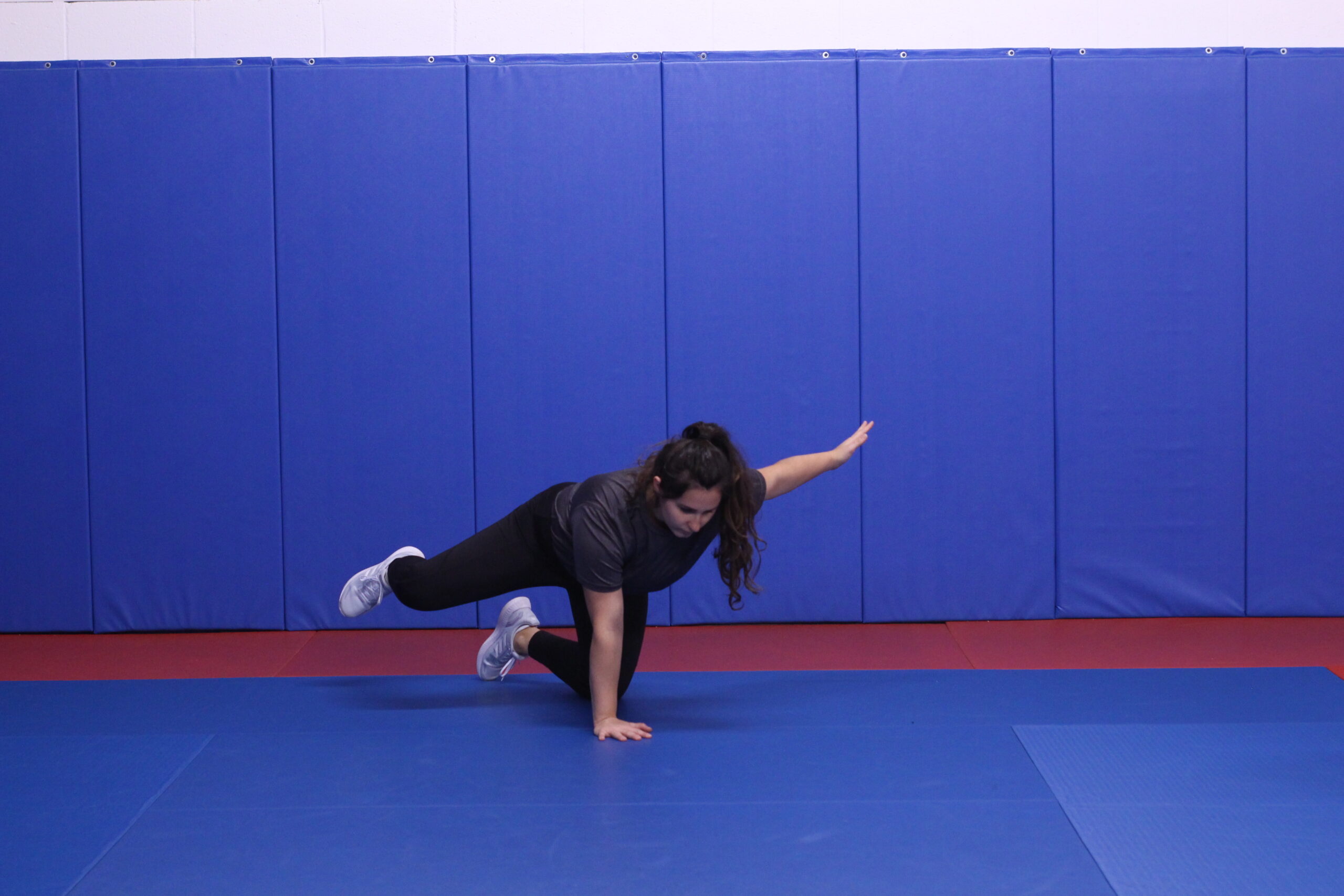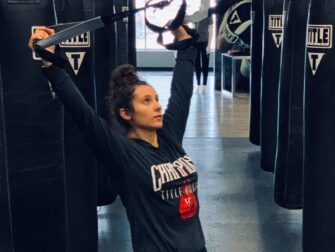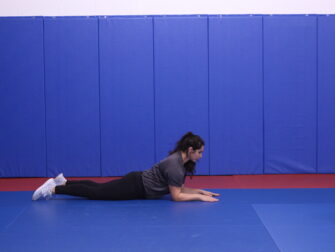Learn the basics of core strength to help reduce your postpartum back pain. Use these tips to feel as strong as your pre-pregnancy self!
Improve your postpartum CORE strength
Let’s clarify what core strength really is. When I say core, I mean the entire trunk of your body. A lot of people just think of the typical “6-pack abs” as core. While they are a part of core, and an important part, there’s more to it. Your core is responsible for providing stability and strength to your posture. Most issues with posture stem from imbalances in the core. Imbalances in your posture can lead to injury or chronic pain. It can also compromise exercise performance. And that is for anyone, not just new moms.
So when you are postpartum, regaining core strength takes on a new level of importance. Nine months of pregnancy has created muscular imbalances as well as weakened your core. Maybe even cause diastasis recti. Causing many moms to have some degree of postpartum back pain or discomfort. I did, and after a while I just accepted that I wouldn’t ever feel “normal” again. But after taking some time to identify and assess the problem, I was able to strengthen my way back to a comfortable, “normal” body.
Why do I have postpartum back pain?
This was the question I asked myself after months went by and my back was bothering me as much as it did in my recovery. I figured with some time and rest that my body would magically go back to normal. I was wrong. What I didn’t do was consider that I spent months carrying around extra weight that caused me to move, sit, stand, and essentially do everything differently. I had to adjust how I carried my weight as baby grew and my abdominals became stretched and weakened. Causing my back to lose support and left to literally carry the weight of my baby.
Now after months of this imbalance, it was only natural for my body to continue this adjusted posture postpartum. Hips that find their way forward with a tuck butt. Or a posterior pelvic tilt.
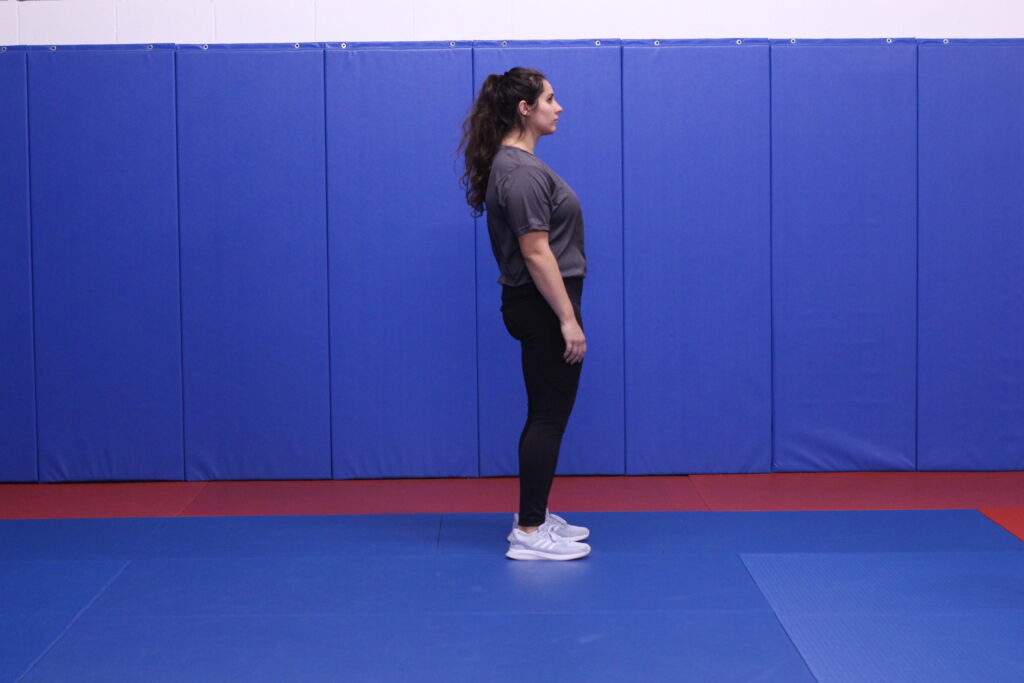
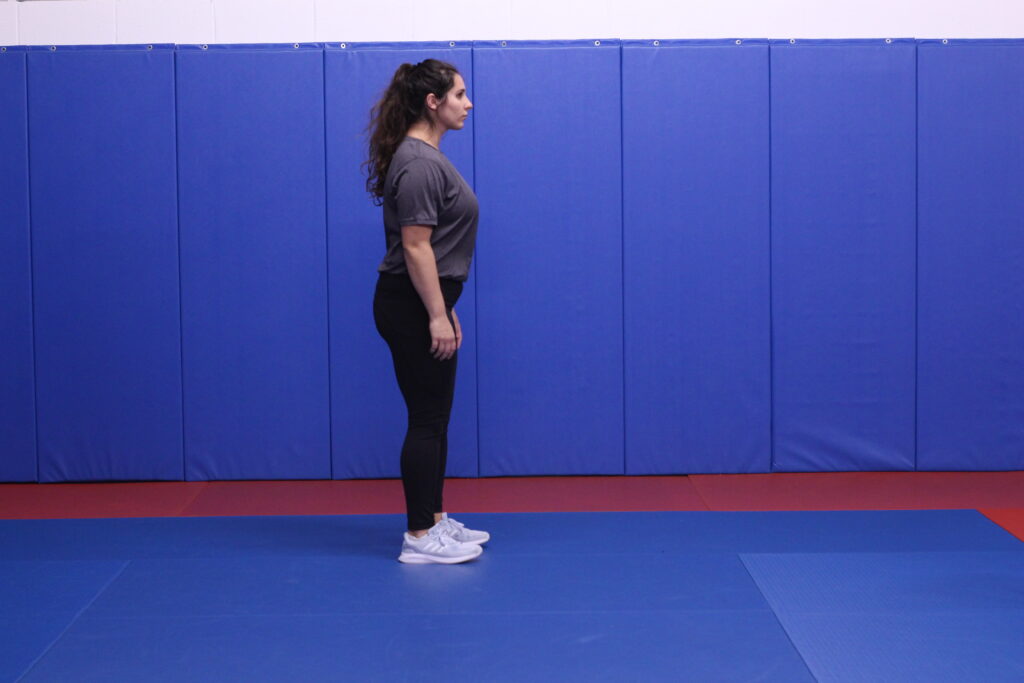
Now I am demonstrating with a bit of exaggeration, but you can see how my low back is affected. My low back became overworked and very tight.
Then, caring for my baby only encouraged this poor posture. Lots of sitting with a slouched posture because babies are always needing fed. Holding baby on my chest, causing me to stand as exaggerated as the picture above, so their head could lay supported against me. These are things I was doing all day, everyday. So of course the few ab exercises that I threw into my workouts every other time wasn’t correcting anything.
If I wanted to relieve my postpartum back pain, I was going to have to get serious.
How to strengthen your core postpartum
Considering your core is very weak, you will want to take your time and build strength gradually. You don’t want to cause damage because you are doing too much too soon.
So it makes sense that we start with the simplest thing that will cause the most change. Posture mindfulness. Pay attention to your posture as often as possible. If you find yourself in a poor position, realign yourself. That is an easy habit that you can start with immediately!
But as far as actual exercise goes, vacuums and pelvic tilts are going to be the most effective and safest ones to start with. These will be the exercies you will want to incorporate through your entire postpartum recovery. They target your deep transverse abdominal muscles and are responsible for stabilizing the spine and pelvis. These exercises will be the foundation you set for proper core mechanics. They are like the the first step to every other core exercise you will ever do. Start by adding these in to your workouts two to three times a week. From there, gradually increase the frequency until you are ready to add more exercises and progress.
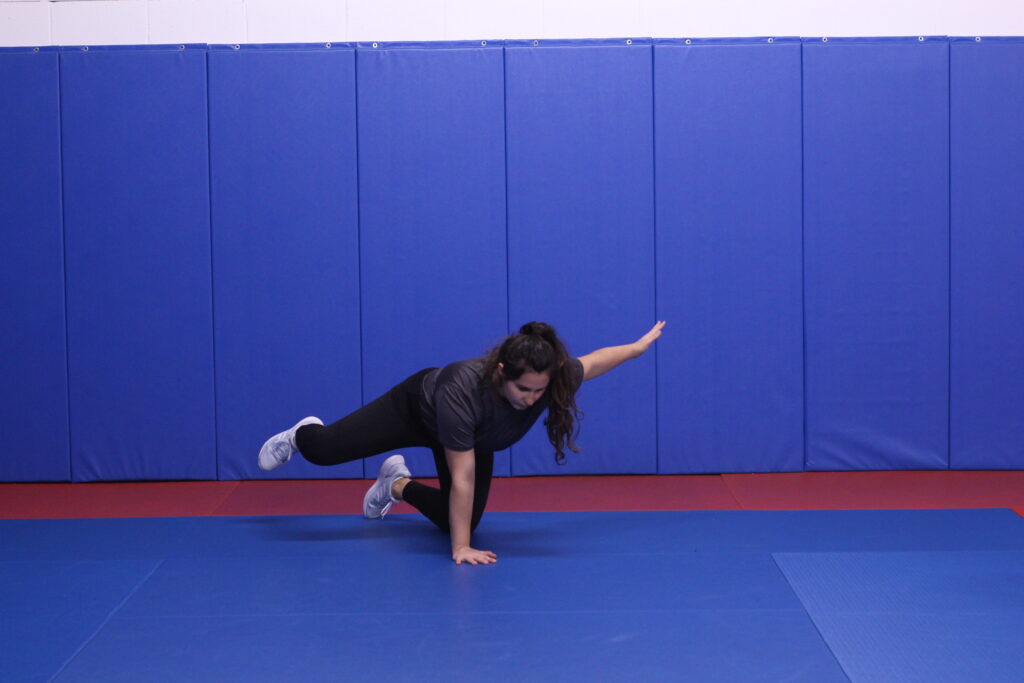
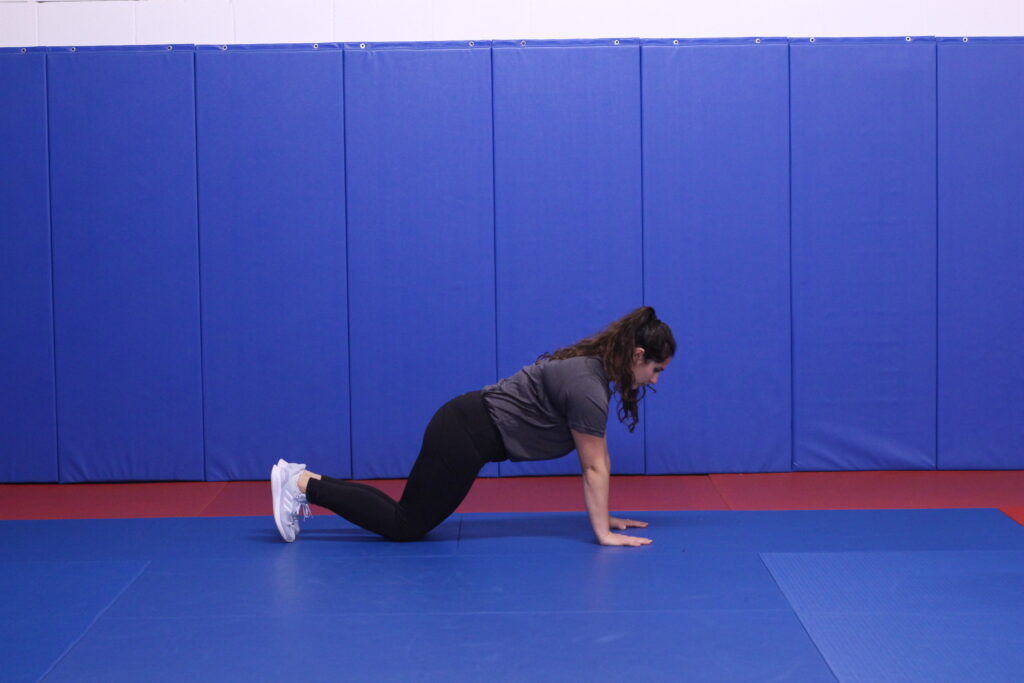
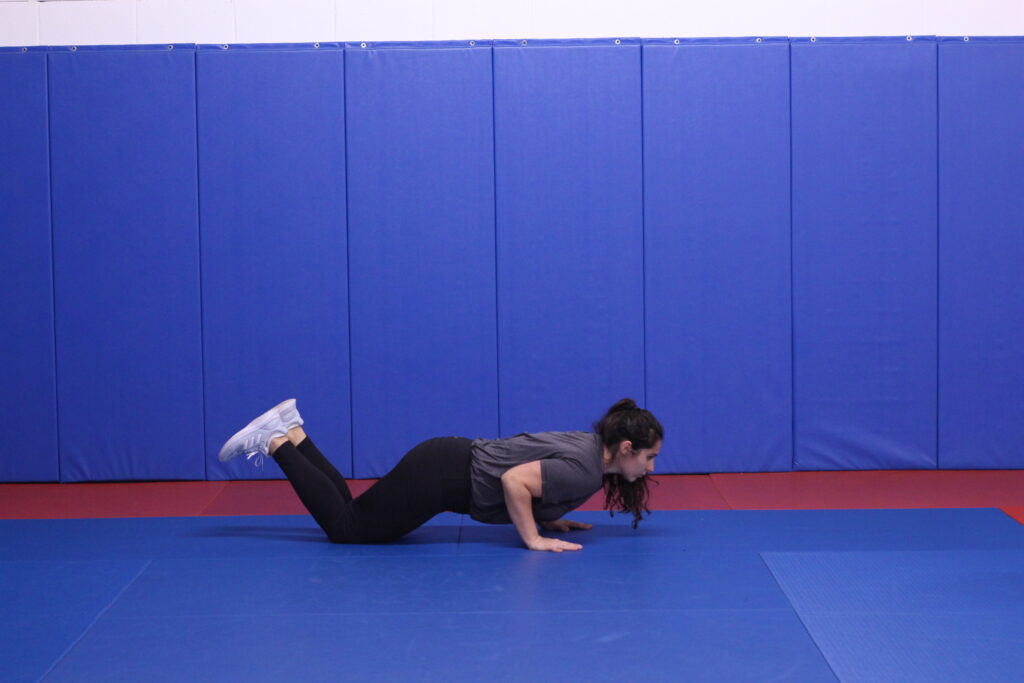
Two of my favorite core exercises that really force you to utilize the vacuum is a flying hydrant and a pushup. Now these are fairly advanced exercises, so don’t try to force them too soon. I like them because they expose core weakness. If your core is too weak, you will “fail” the exercise with compromised form or simply be unable to preform through full range of motion. Keep in mind that as you get stronger and progress, you will be incorporating many other exercises that use core strength. Compound movements like bent over rows, deadlifts, squats, and pretty much any exercise that is not an isolation exercise like a bicep curl. So you will still be strengthening your core even when you’re not doing an ab or “core” specific exercise.
Relieve postpartum back pain
Core strength goes even deeper (pun intended) than the transverse abdominal muscles. However, there is so much to it that you might want to check out Better Posture to Improve Comfort and Boost Confidence After Baby. There I talk about the importance of posture and another major imbalance that contributes to postpartum back pain. Along with some tips and info that will change your life for the better, I made a great corrective workout for these specific problems!
Core strengthening workout
If you are eager to work your way back to your pre-baby core, join me! This workout is great for mamas that are cleared for exercise, have their basics down, and are ready to take the next step but don’t know what exercises to use. A completely bodyweight workout that will work your core in more ways than the over-used crunches and situps that we all get bored of. Ready? Let’s sweat!
